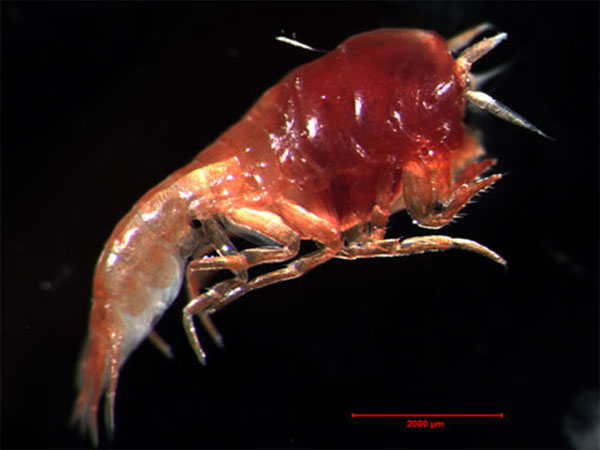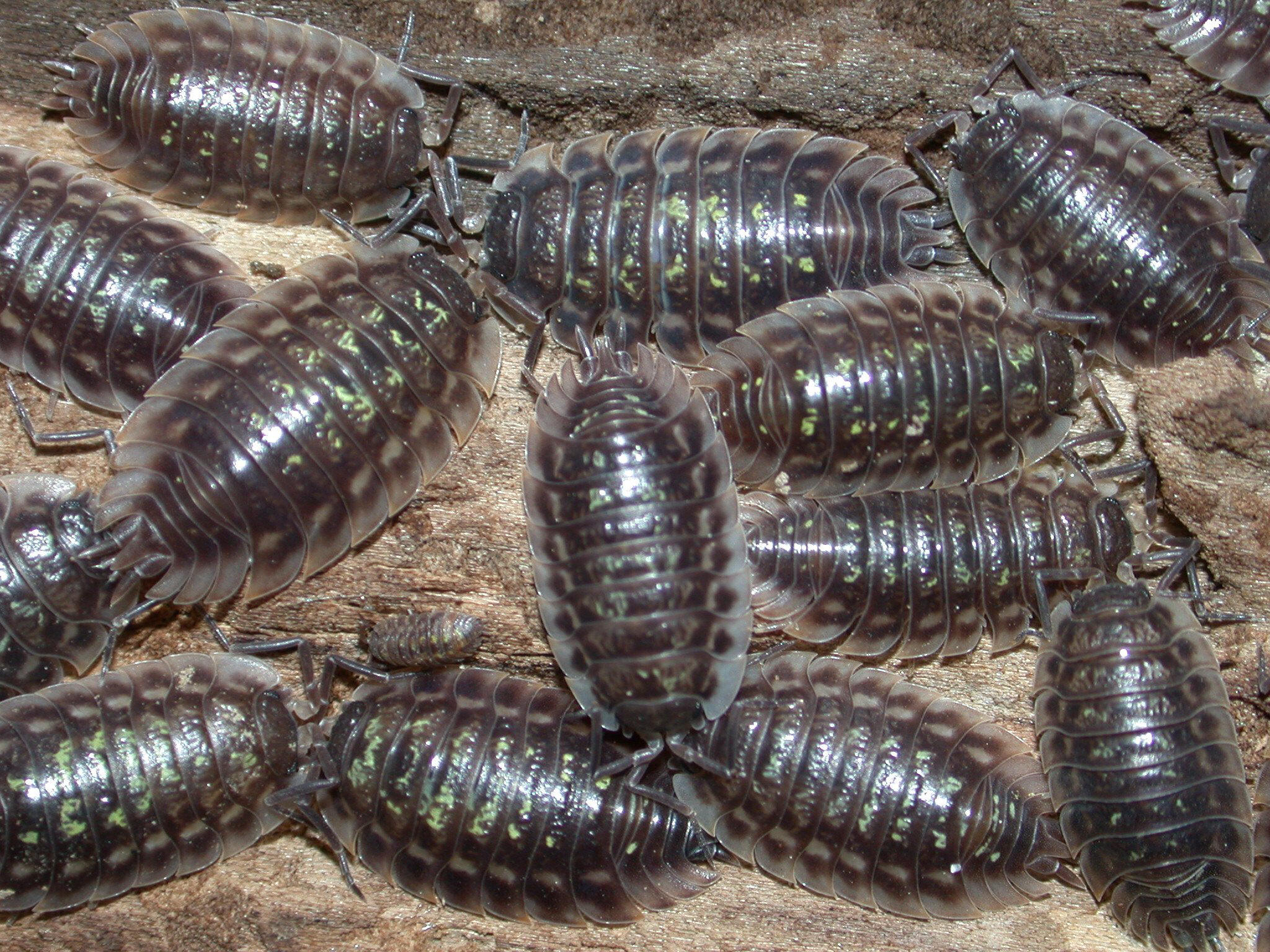
Nutrition
When you think about the things fish eat, people don't normally think too deep into this. In actuality there are. There are multiple types of eating styles but the Stonecat specifically is considered a benthic eater. This is because of the fact it feeds off the river bottom for food(Pollard 2004). This catfish in particular uses its keen barbels at night to use its terrific ability of sense to recognize its surroundings. Without these barbels, catfish would not be able to easily sense its environment since it hunts at night. From what scientists have discovered about this fish is that the prime time that the Noturus flavus goes in search of food is at 2:00 a.m and those barbels, also known as "whiskers", help them every step of the way (Pollard 2004). While it's on its scavenge for food, it looks for specific types of organisms to make its next meal. There exists a few selective organisms that the catfish chooses to comb the stones for over others.
With a closer look, it has been recorded that the Stonecat prefers to eat mayflies but many juvenile insects that live in aquatic environments will do. Also, the Stonecat thoroughly enjoys eating molluscs, fish eggs, amphipods, minnows, plant material, isopods, and crayfish as its main choice of diet. They maintain a relatively diverse diet with a good variation of sizes in its prey relative to the size of its own body (Pollard 2004).
For those of you that don't know what some of these organisms look like which are eaten by the Stonecat, here are some images of the lesser known individuals.
Figure 4. Image of an amphipod with a scale to demonstrate how small it is in size.
Figure 5. An isopod is still a crustacean but looks like this.
If you're interested on getting a better understanding of what an isopod is, here is a website to further explain what they are, do, where they live, and a clearer demonstration of what they look like. http://insected.arizona.edu/isoinfo.htm
Some more common names for some types of molluscs are snails, clams, oysters, and octupus, but there are other types of molluscs too (Hickman et al. 2012). Since this species of fish specifically lives in freshwater environments, an octupus would not be a species of mollusc that this fish would eat.
Continue to Reproduction return to the Home Page

